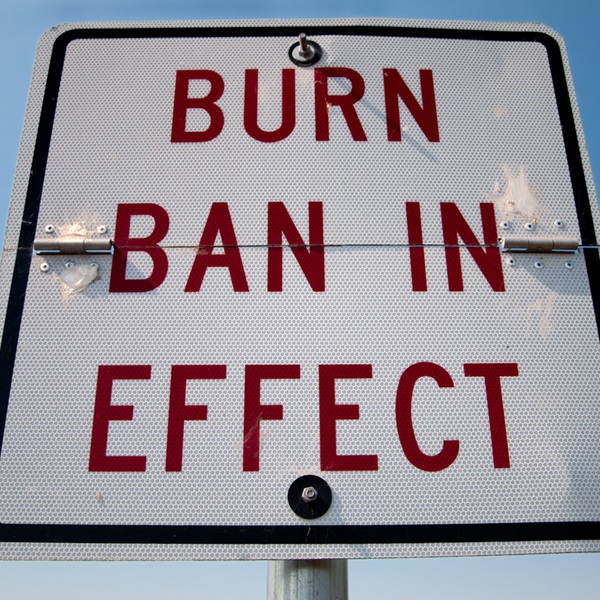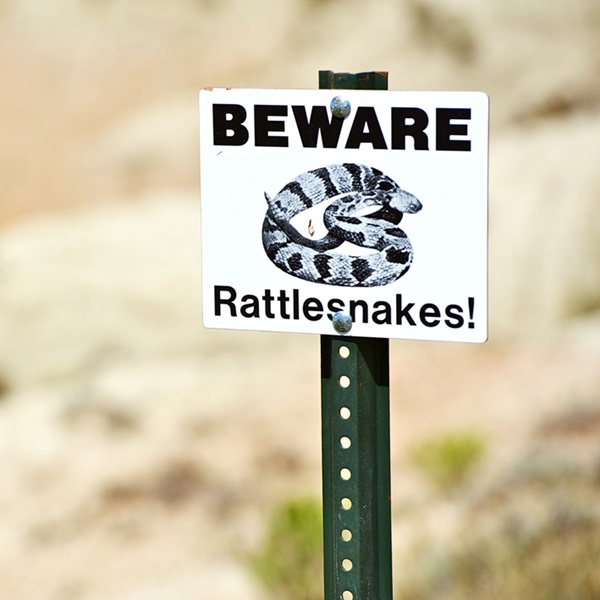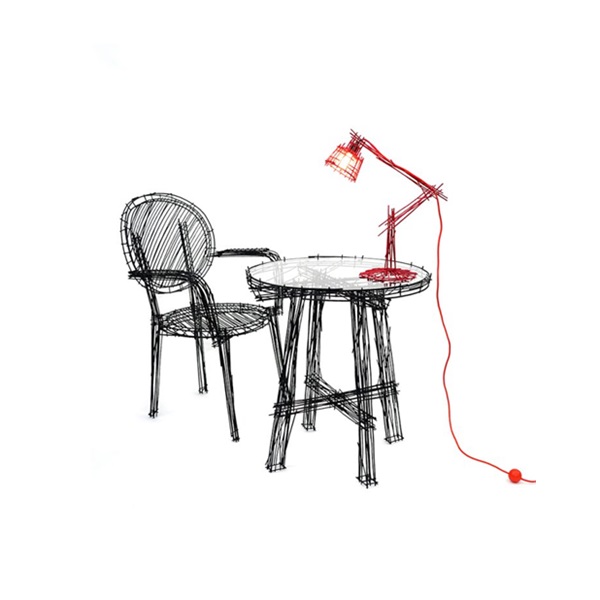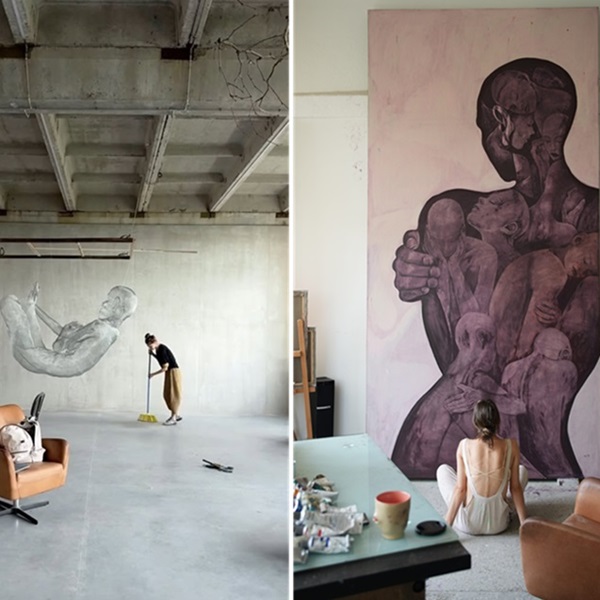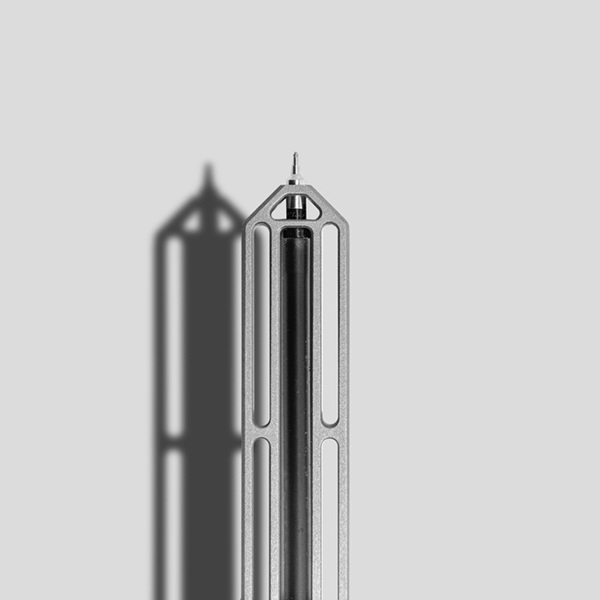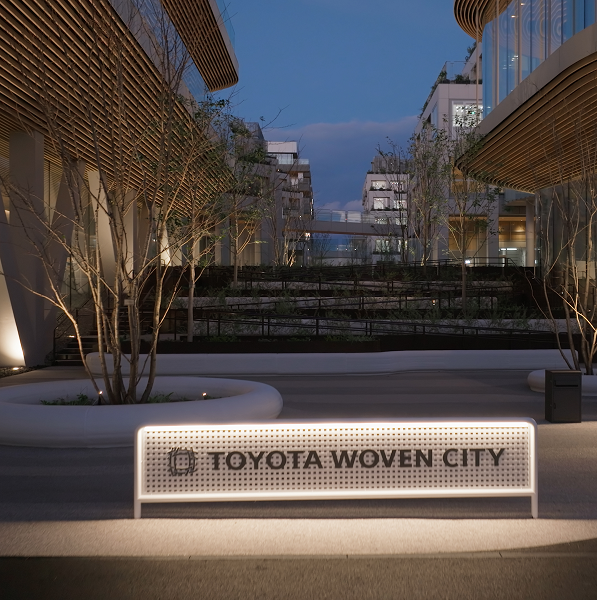
If you want to have a comfortable and convenient travel experience, you should try to install all the necessary gadgets. For example, a campervan water system is one of the most important pieces of equipment for you to have.
Campervan water systems can supply clean water for drinking, cooking, and cleaning, no matter where your adventures take you. Having a campervan water system kit significantly enhances your self-sufficiency and overall comfort on the road.
Deciding Which Campervan Water System to Use
The first step in setting up your campervan water system is deciding which type of solution best fits your needs. There are several options to consider, each with its own advantages and drawbacks. Here are the primary choices:
Portable water containers
Portable campervan water tank systems are the simplest and most affordable option. They come in various sizes and can be easily filled and carried to your campervan. These containers are ideal for short trips or if you prefer to minimize permanent installations.
Pros:
- Easy to use and refill
- Inexpensive
- No complex installation is required.
Cons:
- Limited water capacity
- Manual labor to refill and transport
Built-in water tanks
A built-in water system for the campervan provides a more permanent and convenient solution. These tanks are typically installed under the campervan or inside the cabinetry. In addition, such a water system campervan offers a more substantial water supply that can be accessed via an electric pump.
Pros:
- Larger water capacity
- Convenient and accessible
- Reduces the need for frequent refilling.
Cons:
- More complex installations
- Higher initial cost
Gravity-fed Campervan Water Systems
A gravity-fed campervan water pump system utilizes the force of gravity to deliver water from a higher-mounted tank to your faucets and appliances. This system can be a straightforward and energy-efficient option for those looking to avoid electric pumps.
Pros:
- There is no need for electricity.
- Simple and reliable
- Low maintenance
Cons:
- Requires strategic tank placement.
- Limited water pressure
Pressurized Campervan Conversion Water Systems
Pressurized systems use an electric pump to provide consistent water pressure throughout your campervan. This setup can mimic the convenience of household plumbing. Such features make it a popular choice for those looking for comfort and reliability.
Pros:
- Consistent water pressure
- Highly convenient
- Supports multiple water outlets
Cons:
- Requires electrical power.
- More components to maintain
Deciding the size of the water system
To meet your needs without wasting space or resources, you should determine the right size of your campervan water system. To decide the best campervan toilet, kitchen, and other water system size, you should consider factors such as the number of people traveling, trip duration, and daily usage for drinking, cooking, and hygiene.
For solo travelers or short trips, a 10–20-gallon campervan water system can be sufficient. On the other hand, larger groups or longer journeys may require 30–50 gallons or more. But be sure to have a backup plan in case there is a water shortage.
Get a water pump system.
To maintain a consistent water flow in your vehicle, you should get a reliable pum for the campervan hot water system. It is also important to have it for cool water.
For most pump systems, a pump with a pressure rating of 40–50 PSI (pounds per square inch) is sufficient. This range ensures adequate water pressure for the campervan shower, sink, and other water outlets without overwhelming the system. Last but not least, keep in mind to get an energy-efficient model to minimize noise and power consumption.
Install a switch for the pump system.
You can install a switch, which is highly recommended to extend the lifetime of the water system’s pump. A switch allows you to easily turn the pump on and off. In addition, a switch can reduce unnecessary wear and tear.
When you do not need the water system, you can prevent constant pressure buildup by switching off the pump. Because such constant pressure may cause leaks and damage over time, This simple addition enhances control over your water system. Lastly, you should note that a pump switch is a small investment that offers significant benefits for maintaining the integrity of your campervan water system.
Choose the Right Piping System for the Campervan Water System
For the efficiency and durability of the cold and hot water heater for the campervan, you should use high-quality, food-grade materials such as PEX or flexible PVC pipes. These materials are durable and resistant to leaks and bursts.
In addition, you should try to ensure the piping system is appropriately sized to handle your pump’s pressure and consider ease of installation and maintenance.
Plan the layout.
If you consider a second-hand campervan for sale or have a van without a tank, you have a long way to go. In fact, it is for your advantage. Because you can plan the layout of your system according to your needs.
Keep in mind that you should aim to keep the water tank and all points of use, such as sinks and showers, on the same side of the van. This minimizes the need to cross the van’s center line with piping, simplifying installation and reducing potential failure points.
Fewer pipes and fittings mean fewer opportunities for leaks and less heat loss in hot water lines. Strategically placing components on one side not only streamlines the tank but also maximizes space and enhances the overall functionality of your campervan water system.
Decide where the water will be used.
Having a campervan is one of the most fun things. On the other hand, handling the campervan finance and maintaining the well-being of the vehicle is not easy. When deciding on your campervan hot water system in addition to cool water, you should decide where you will use the water.
Common usage points include a faucet for kitchen and bathroom sinks, a shower (optional) for personal hygiene, and a toilet if you have an onboard bathroom. Additionally, consider outdoor shower setups for rinsing off gear or pets. Identifying these usage points helps in planning the layout and ensuring adequate water supply and pressure.


